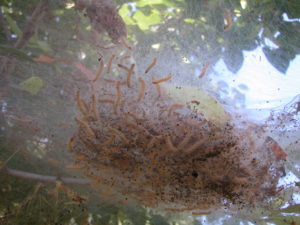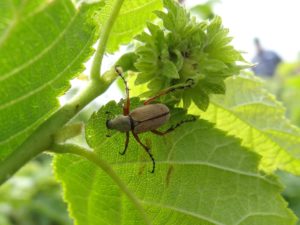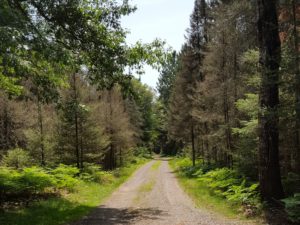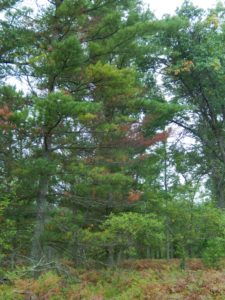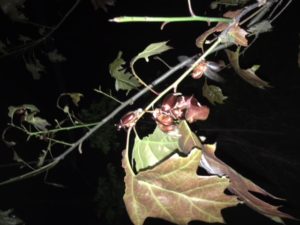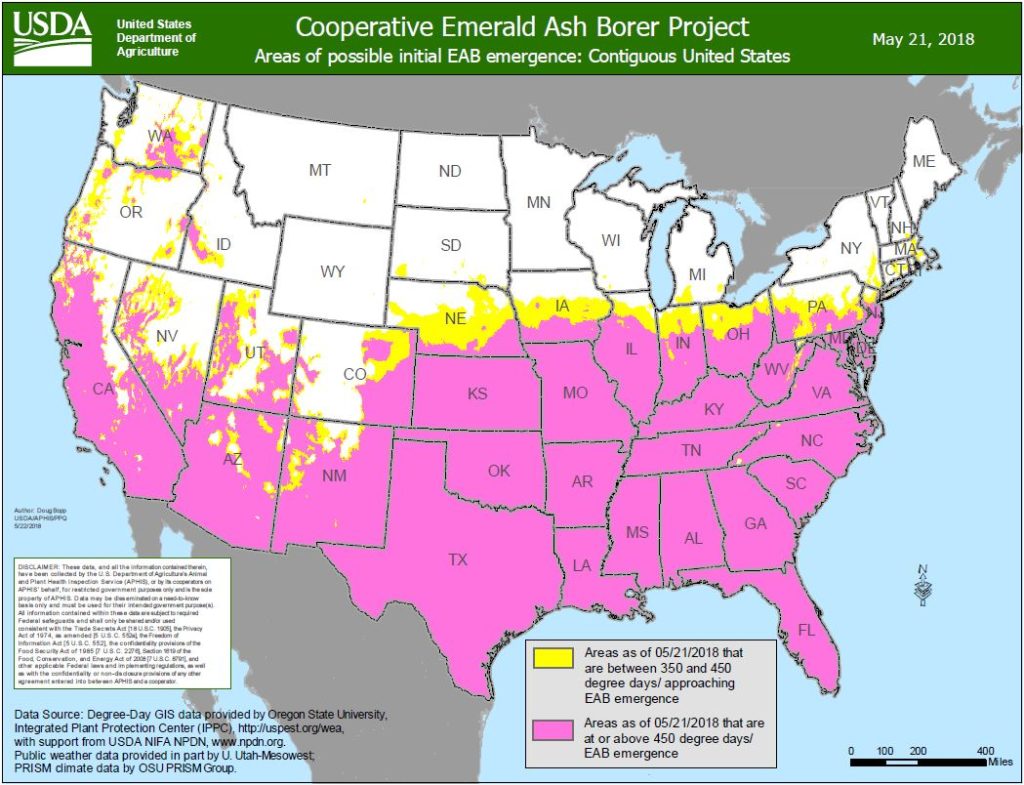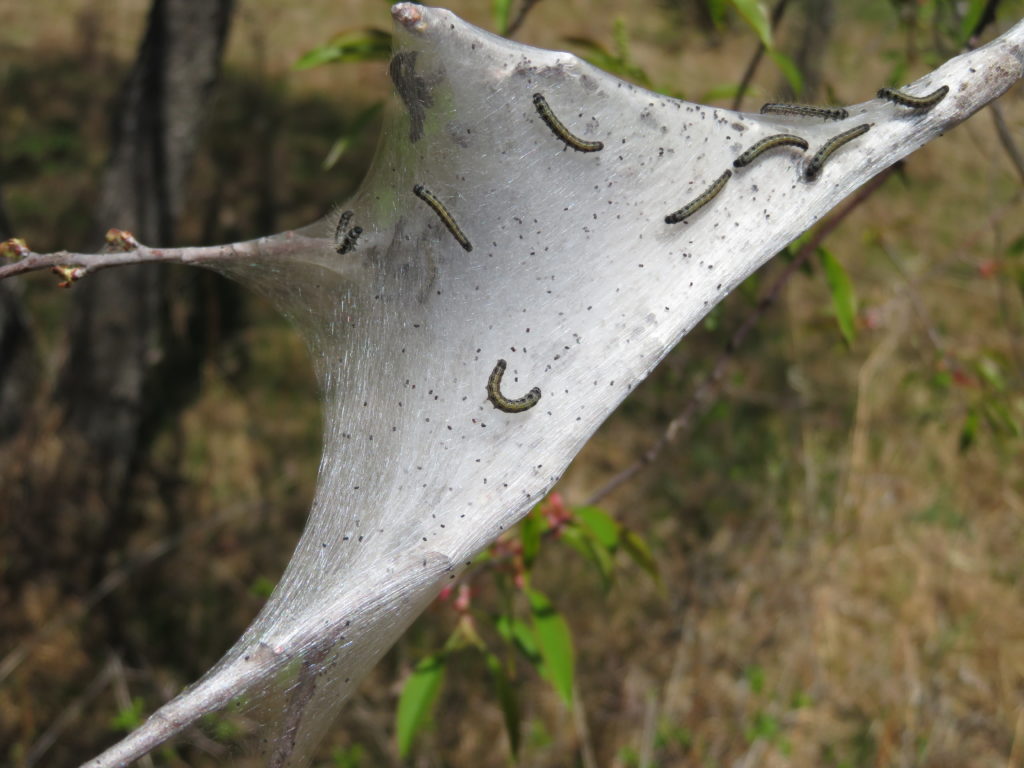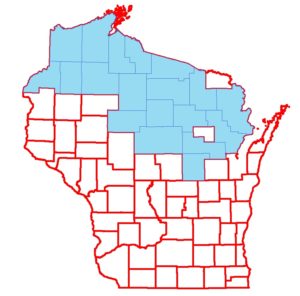
Counties shaded in blue are where balsam mortality has been reported, but it is even more widespread than this map indicates.
By Linda Williams, forest health specialist, Woodruff, Linda.Williams@wisconsin.gov, 920-360-0665 and Paul Cigan, forest health specialist, Hayward Paul.Cigan@wisconsin.gov, 715-416-4920
Reports of balsam fir suddenly turning rusty red to brown and dying have been coming in steadily this spring and summer. The accompanying map shows where this has been reported so far this year.
Spoiler alert! There are no insect or diseases involved. It appears the cause may be unusually severe winter drying or winter damage.
Continue reading “Balsam fir mortality in many counties around the state”

